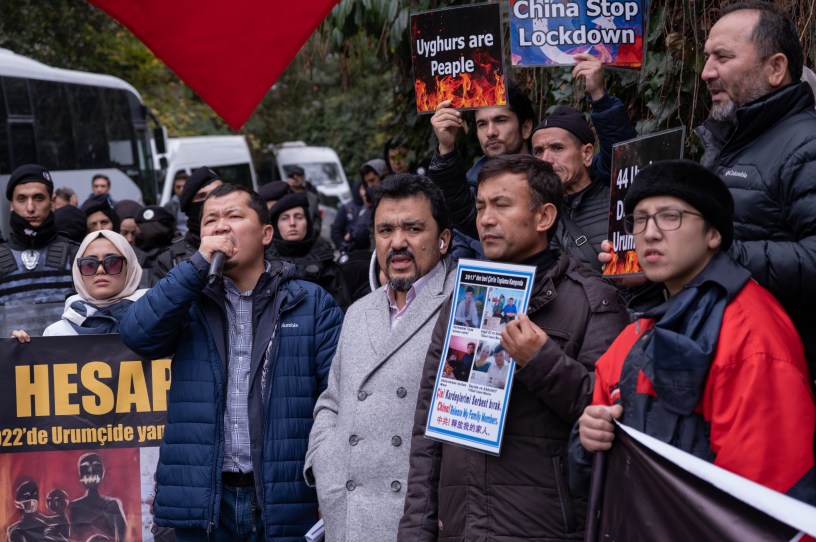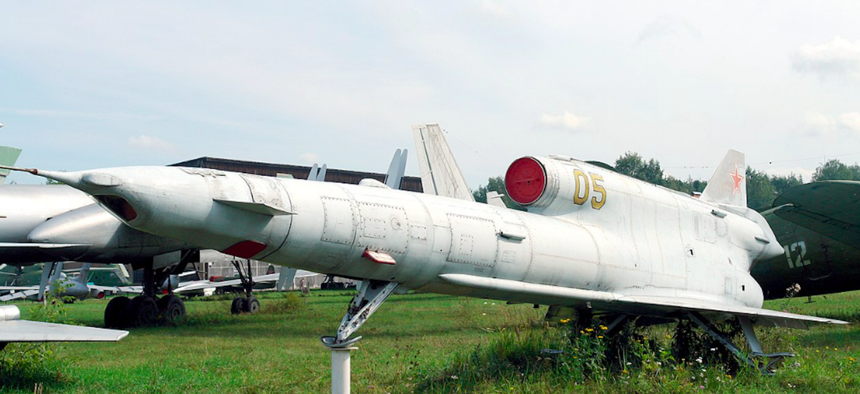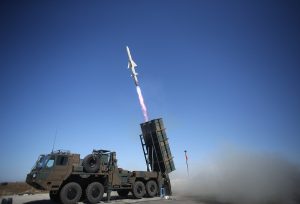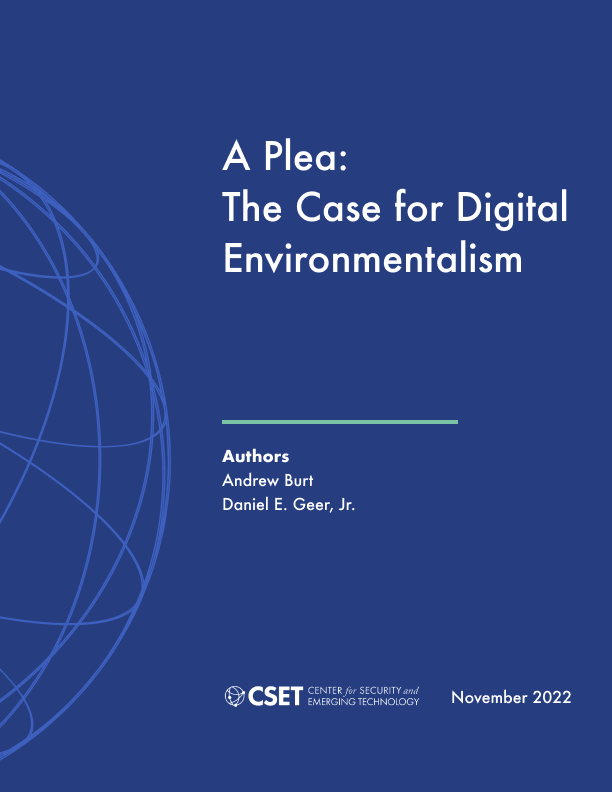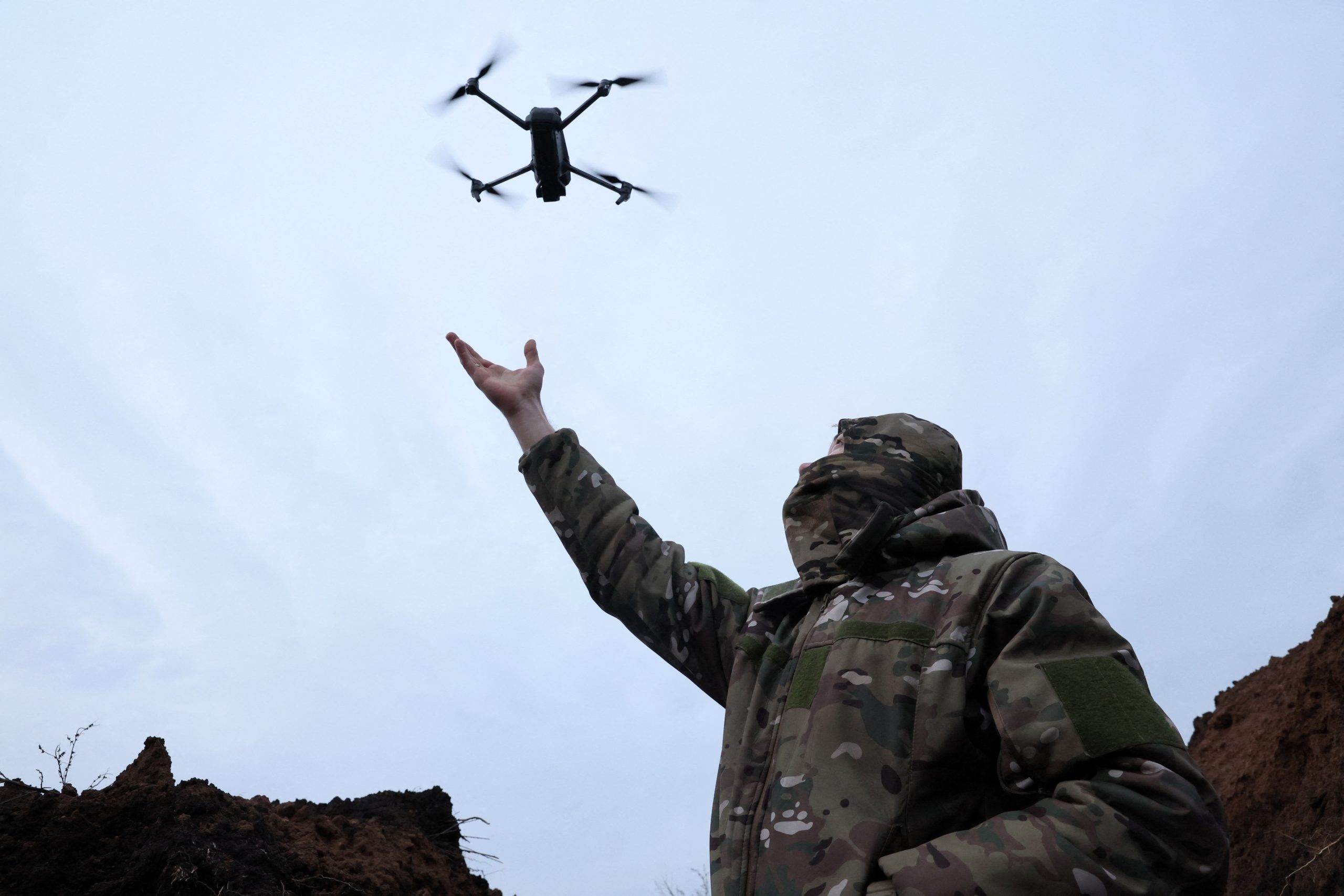Overview
India was the third-largest energy consumer in the world after China and the United States in 2021 (according to the BP Statistical Review of World Energy 2022) and the second-most populous country, with 1.4 billion people.1 India’s energy needs continue to grow as a result of population growth and modernization.2
India’s real gross domestic product (GDP) had a negative growth of 6.6% in 2020, the first time since 1979 that India’s economy had negative growth.3 The outbreak of the COVID-19 pandemic in India that began at the start of 2020 led the economy to contract.4 In 2021, the economy returned to its usual activity levels, and GDP grew by 8.9%.5
India’s government continues to face several challenges to meet the country’s growing energy demand, including securing affordable energy supplies and attracting investment for upstream projects and transmission infrastructure. The government has made considerable headway with energy reforms and continues to focus on greater energy security, infrastructure development, and market liberalization.
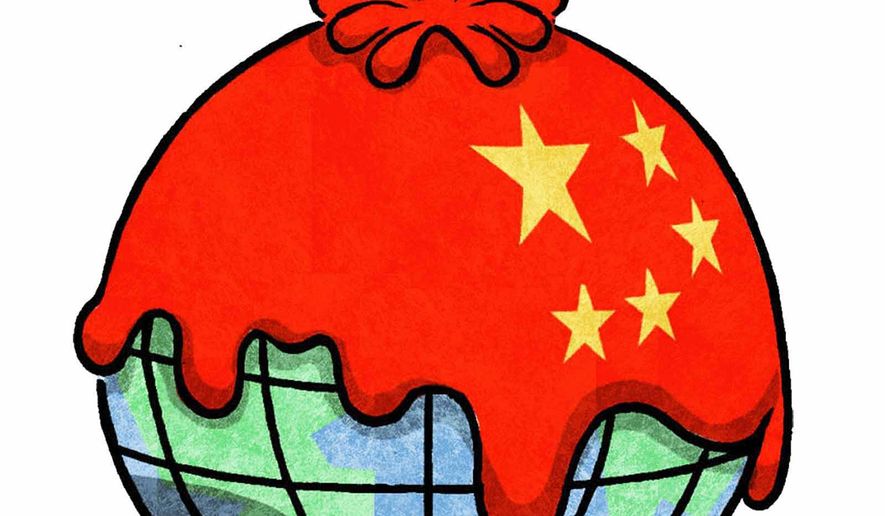

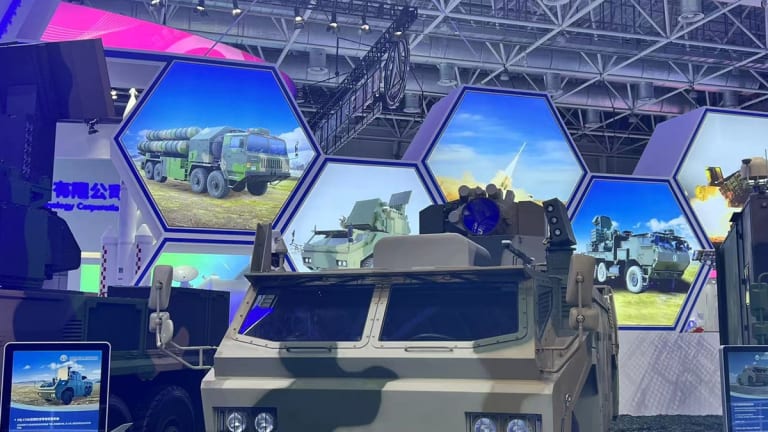
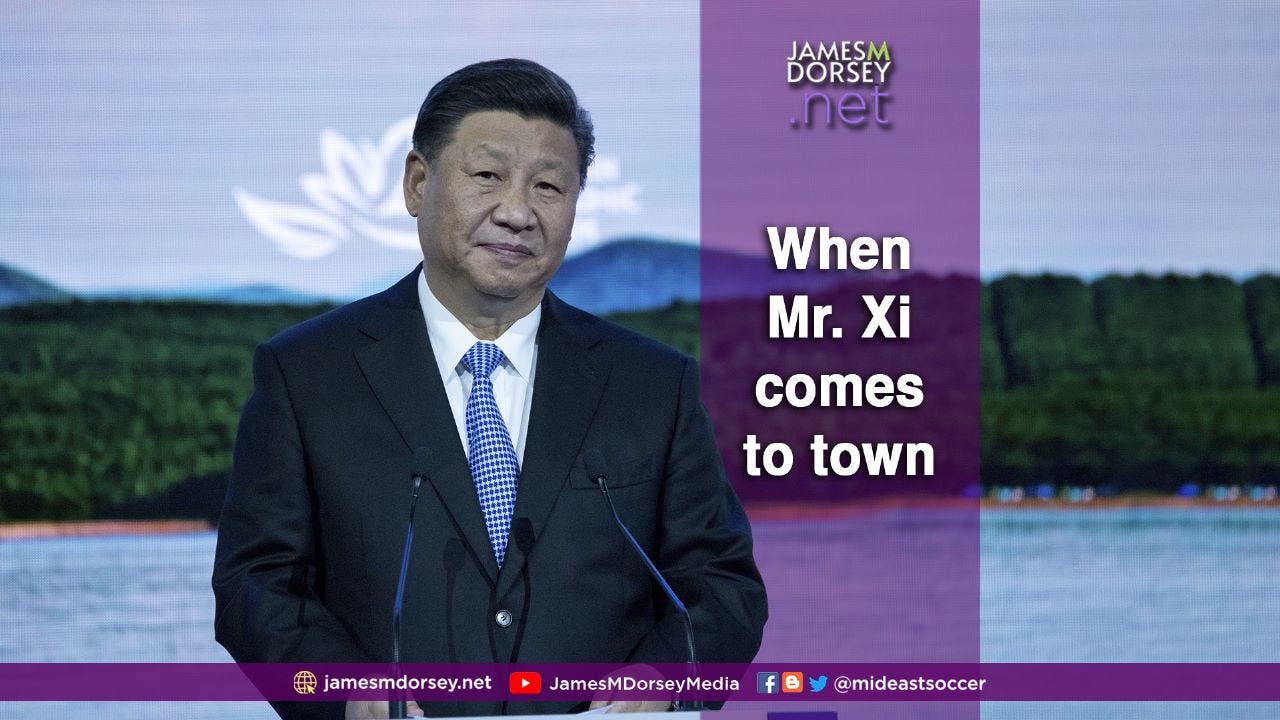


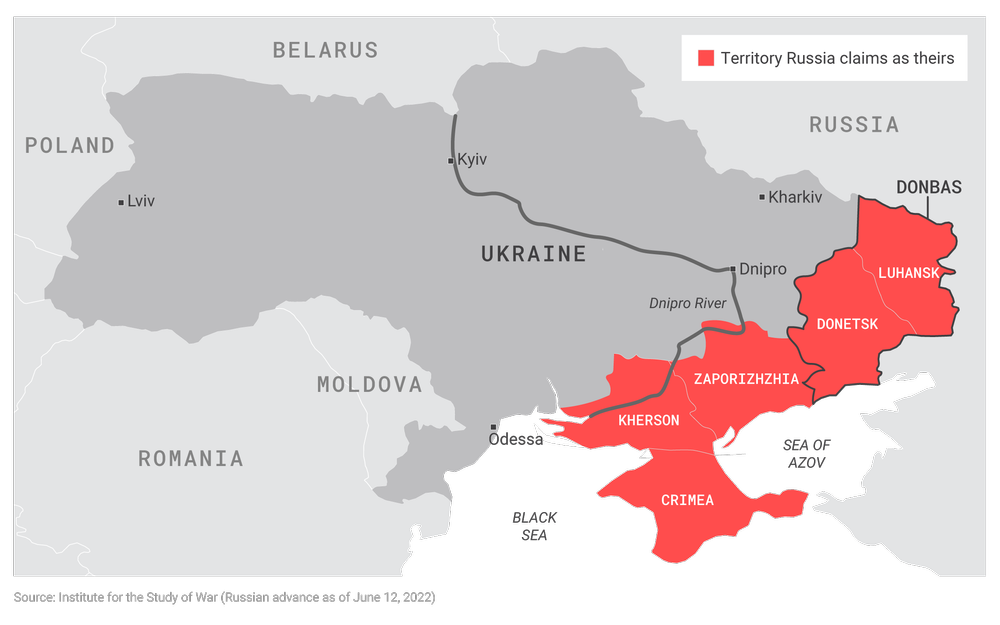
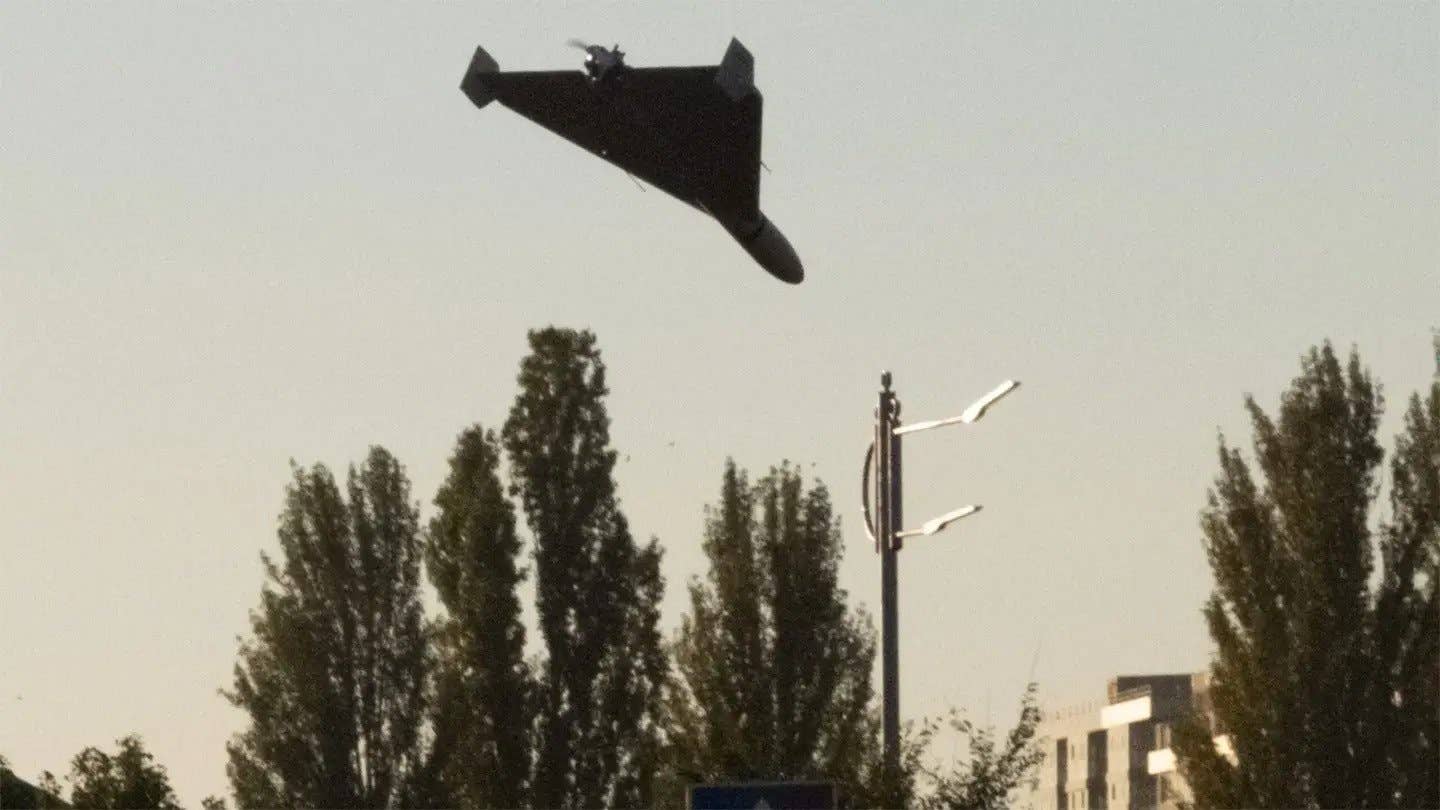
:quality(70)/cloudfront-us-east-1.images.arcpublishing.com/archetype/T6VXVAQ3KZHCTAHK2TX4HI6VVU.jpg)


